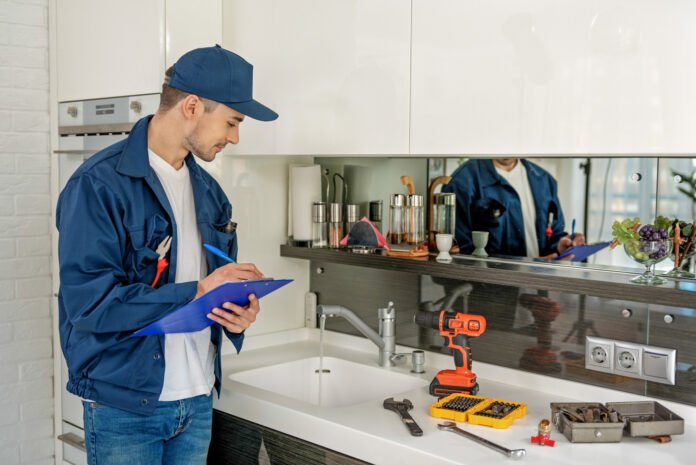As the world shifts toward eco-friendly practices, innovative plumbing is becoming essential in promoting sustainable living. From conserving water to improving energy efficiency, new plumbing technologies are transforming how homes and buildings function.
These solutions are not just about convenience-they’re about protecting our planet for future generations. Read on.
Reducing Water Waste with Low-Flow Fixtures
One of the most effective ways to save water is by using low-flow plumbing fixtures. Older toilets, faucets, and showers often use more water than necessary. In contrast, modern low-flow models are designed to work efficiently while using less.
Low-flow toilets use as little as 1.28 gallons per flush (compared to 3.5-5 gallons in older models). Efficient showerheads and faucets maintain strong water pressure while using less water through aeration or flow control.
By making this simple switch, households can reduce water usage significantly without changing daily routines. Check out Lehigh Valley Water Treatment and Plumbing to learn more.
Smart Plumbing Systems for Smarter Living
Smart plumbing is another major innovation helping reduce waste and improve awareness. These systems use sensors and internet connectivity to:
Monitor water usage in real-time. Detect hidden leaks. Automatically shut off water in emergencies.
Homeowners can receive alerts on their phones and access reports that show how much water they’re using. This technology helps people spot problems early and encourages more mindful habits around water use.
Reusing Water with Greywater Recycling
Greywater is lightly used water from sinks, showers, and laundry. Instead of sending this water down the drain, greywater recycling systems clean and reuse it for tasks like:
- Flushing toilets
- Watering gardens
This system is especially useful in drought-prone regions, where water conservation is critical. It helps reduce the strain on freshwater resources and lowers water bills.
Collecting Rainwater for Everyday Use
Rainwater harvesting is another sustainable plumbing practice that’s gaining popularity. These systems collect rain from rooftops and store it for:
- Outdoor cleaning
- Garden irrigation
- Non-drinking household uses
With proper filtration, rainwater can even be made drinkable, offering a valuable off-grid water source. It’s an effective way to make the most of natural resources.
Saving Energy with Tankless Water Heaters
Sustainability isn’t just about water-it’s also about energy. Traditional water heaters store hot water in large tanks, which wastes energy over time. In contrast, tankless water heaters only heat water when it’s needed.
Other energy-saving plumbing upgrades include:
Insulated pipes to prevent heat loss. Hot water recirculation systems reduce waiting time and wasted water.
These changes reduce both energy bills and carbon footprints.
Choosing Eco-Friendly Materials
Plumbing is becoming greener, even in the materials used. New systems often include:
Pipes made from recycled or sustainable materials. Non-toxic sealants and fittings that are safer for the environment and for people. Durable, corrosion-resistant parts that last longer and reduce waste.
These choices make plumbing systems more eco-friendly from installation to long-term use.
Plumbing as a Path to Sustainability
Innovative plumbing is more than just a home improvement-it’s a powerful tool for sustainable living. With technologies that save water, reduce energy, and promote eco-conscious habits, modern plumbing plays a vital role in building a greener future. As sustainability becomes a global priority, embracing these innovations is a step every household and community can take toward a more responsible way of living.
If you want to read more articles, visit our blog.
